Prehistoric messages: Mystery of Argyll's ancient rock carvings
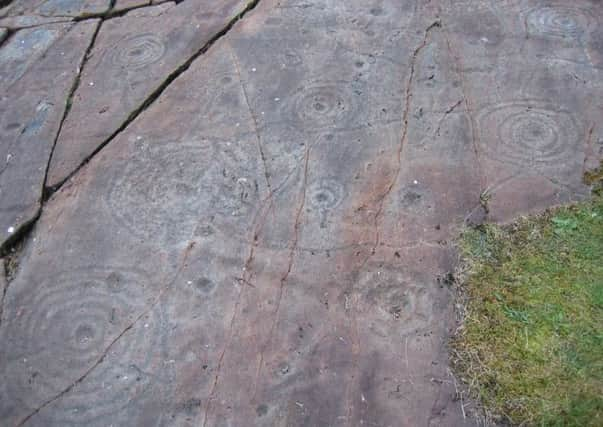

A short walk towards Kilmartin Glen just north of Lochgilphead, Argyll, will take you to the most extensive example of prehistoric rock carvings to be found anywhere in Great Britain.
Known as the Achnabreck Cup and Ring Rocks, the mysterious motifs consist of a series of spiral ring marks - deep depressions in the rock surrounded by Saturn-like concentric rings and horseshoe shapes. Spread out across several rocky outcrops, the Achnabreck rings are among the largest ever discovered in Europe - some measuring a metre in diameter.
Advertisement
Hide AdAdvertisement
Hide AdIt is thought that the intricate designs were carved out over 5,000 years ago - predating the famous Neolithic settlement at Skara Brae by two thousand years.
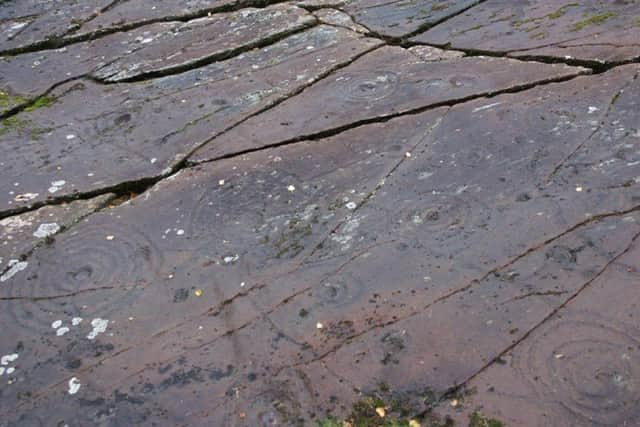

The site was first reported by Sir James Simpson back in 1864, before being comprehensively surveyed and mapped out a century later by Ronald W. B. Morris.
Nobody knows why the site came into being, though some historians have argued that the carvings may have carried a symbolic or spiritualistic purpose. Many later examples have been discovered close to major burial sites, suggesting that the markings typically possessed a sacred significance. Gutters run through some of the rings, which some believe could have been used to channel water in some form of ritual.
Today, a team of experts and amateur archaeologists are hard at work creating a new digital database using 3D scanning technology to study and record the markings in finer detail than ever before. By doing so, it is hoped that the epoch-spanning mysteries surrounding their inception can finally be unravelled.
Launched at the start of 2017, the Historic Environment Scotland-funded project is part of a wider analysis of more than 2,000 similar carvings found up and down the country, all of which date back several thousand years.
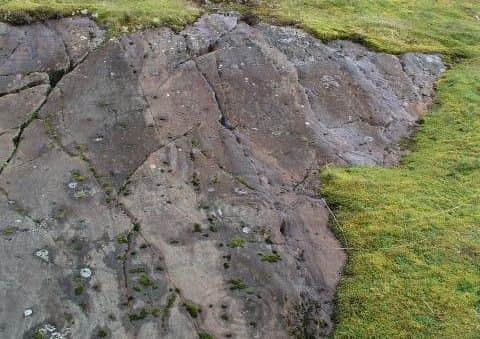

Amateur archeologist George Currie is among the team of experts hoping to finally uncover the enigmas behind Scotland’s prehistoric rock carvings once and for all.
Speaking to the Daily Mail last September, George, 66, said: “The idea is to cover the whole of Scotland to record all of the rock art in 3D where ever possible.
“It is going to be challenging getting the equipment into some quite awkward places, but once we have done it the next stage will be to analyse it.
Advertisement
Hide AdAdvertisement
Hide Ad“We will be able to locate these motifs in the landscape and compare how they vary from one area to another.
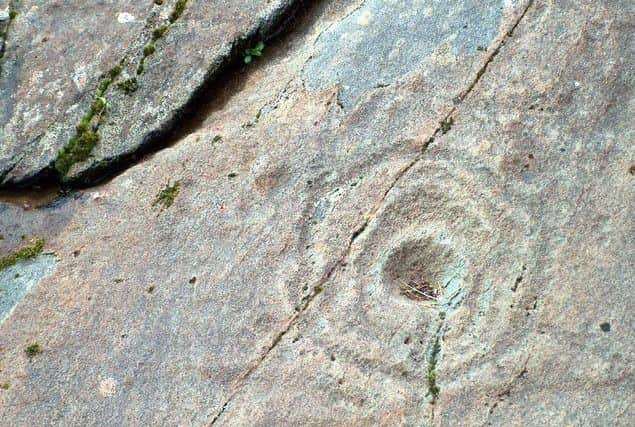

“It will also be possible to look at how motifs were used through time – many have symbolism that date backs thousands of years and we know little about why they were created.
“But in some places they have been reused thousands of years later in Pictish carvings or incorporated into hill forts.”
Last year it was announced that Historic Environment Scotland had been awarded funding of £807,000 by the Arts and Humanities Research Council to undertake the ambitious project.
Entitled ‘Scotland’s Rock Art in Context’, the extensive study is expected to be completed in 2021.
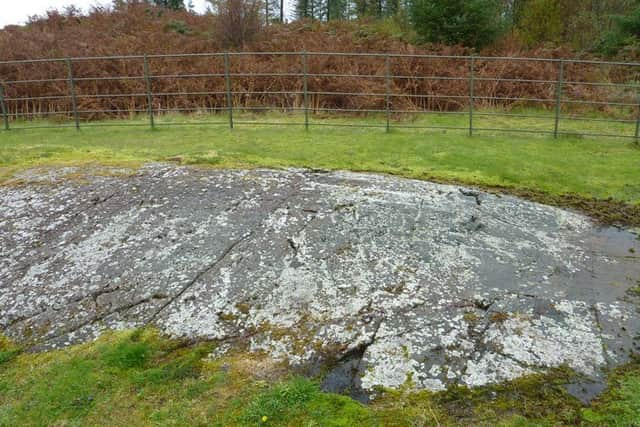

Kilmartin Glen in Argyll is one of Scotland’s most densely-concentrated prehistoric sites, boasting over 350 ancient monuments within a six-mile radius.